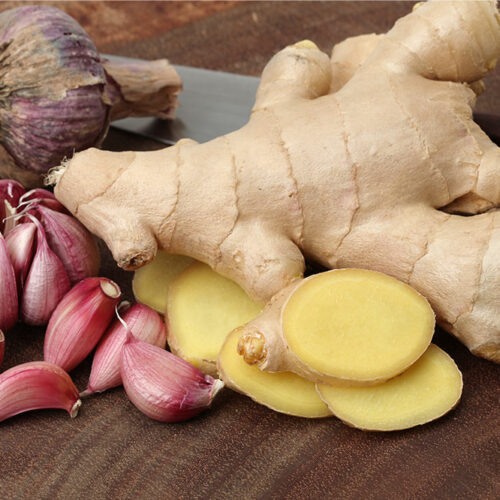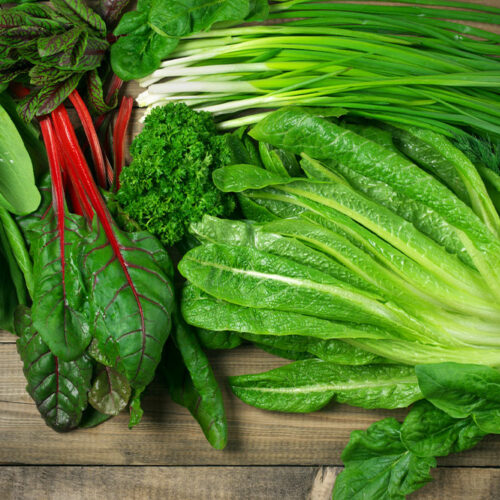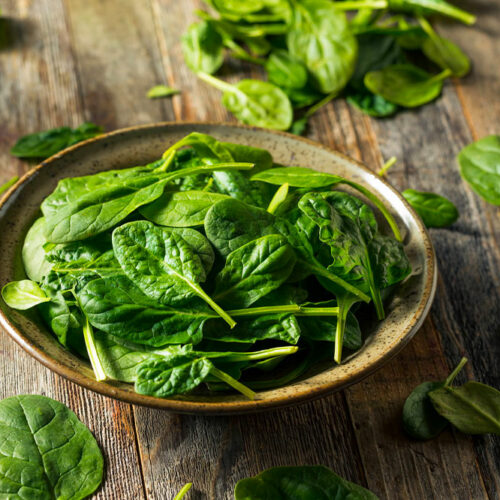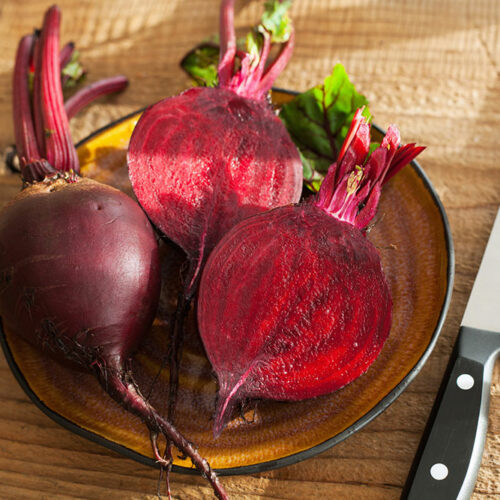Foods that help manage Parkinson’s disease
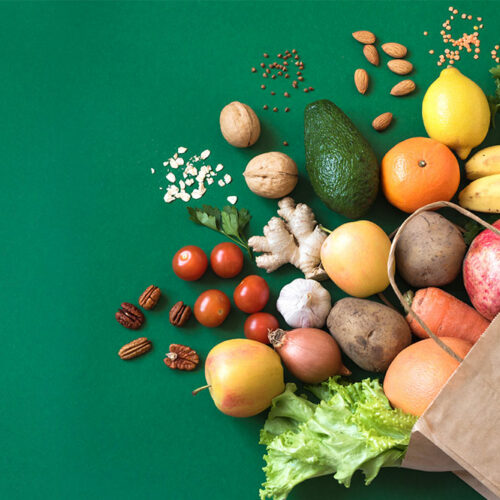
Getting diagnosed with Parkinson’s disease can completely change a person’s life. It is a neurological condition that directly affects the motor movements of a person and can lead to symptoms like shaking, coordination issues, balance issues, stiffness, and difficulty in walking. Receiving all the essential nutrients is important to manage the symptoms of Parkinson’s; it can also help avoid the disease altogether. Some foods that are excellent for Parkinson’s disease are as follows: Berries The deficiency of antioxidants and vitamins is known to trigger the process of neurodegeneration. Berries such as strawberries and blueberries are rich in antioxidants and vitamin C. These nutrients can help reduce the amount of oxidative stress in the body, which, in turn, helps in managing the symptoms associated with Parkinson’s disease. Nuts Adding more ingredients such as almonds, walnuts, Brazil nuts, pecans, and pistachios can help in controlling the motor symptoms caused due to Parkinson’s. These ingredients are rich in vitamin E, vitamin B1, and omega-3 fatty acids that help the body fight this disease. Flax seeds Flax seeds, in addition to being rich in vitamin E and omega-3 fatty acids, also contain a compound called lignans that helps improve hormonal balance and digestion-related issues in the body.
